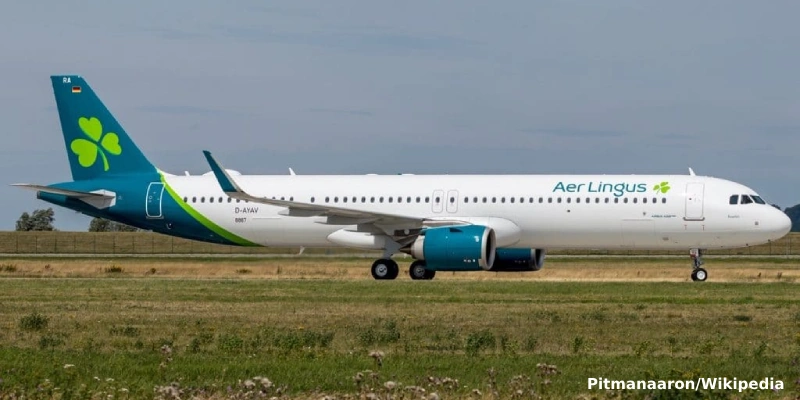Boeing has confirmed its intention to stabilize 737 MAX production at 38 units per month over the next two months, according to Doug Ackerman, Vice President of Commercial Airplanes Quality, during a press conference this Tuesday.
A Limit Imposed by the FAA
The cap of 38 aircraft per month was set by the U.S. Federal Aviation Administration (FAA) following the January 2024 incident, where a panel detached mid-flight on a nearly new 737. Prior to the incident, MAX production had been unstable, fluctuating between 10 and 30 units monthly—a reflection of the operational instability that has plagued Boeing in recent years.
Maintaining this production rate is not just a technical requirement. With losses nearing $12 billion last year, the company urgently needs to ramp up output of its best-selling aircraft to generate cash flow and stabilize its finances.
Measured but Steady Progress
Two sources close to the company told Reuters that Boeing is on track to assemble 38 units this month. Although a company spokesperson declined to confirm the figure for May, CEO Kelly Ortberg has been clear: Boeing must demonstrate it can sustain this production level for several months before requesting the FAA to lift the limit.
If consistency is achieved, Boeing plans to revive its strategy to add a fourth production line, as Ackerman noted.
→ Qatar Airways and Boeing Seal Historic Order for Up to 210 Wide-Body Aircraft
Safety Report
The manufacturer also released its fourth annual Chief Aerospace Safety Officer (CASO) report this Wednesday, outlining progress in product safety, organizational culture, and industry collaboration. Key highlights include:
Safety Culture
- The use of the internal “Speak Up” channel for safety reports increased by 220% from 2023 to 2024, reflecting a more participatory culture but also persistent concerns.
- Participation in the SMS Champions program doubled, with over 1,000 employees now trained to promote best practices in safety management.
Safety Practices
- A set of actions was submitted to the FAA in response to recommendations from a Congressionally authorized expert panel.
- “Design Build Safety” reviews were implemented, integrating risk management into the transition from design to production.
- Boeing expanded the use of machine learning to identify potential supply chain issues before they escalate.
Industry Collaboration
- Over 300 airlines have participated in developing integrated solutions to raise operational safety standards.
- The third Boeing Aviation Safety Conference brought together approximately 300 industry experts to share experiences and best practices.
A Future Still in the Making
Don Ruhmann, Chief Aerospace Safety Officer, emphasized that a culture of continuous improvement is essential: “In our industry, constant learning is necessary to achieve the highest levels of safety.”
Part of this learning involves not only implementing new technologies but also refining internal processes. For example, safety concerns are now evaluated by managers from other departments, reducing bias and strengthening objectivity.
With constrained production, negative financial results, and a recent history that still weighs heavily, Boeing faces the challenge of restoring its reputation step by step. But if it can solidify 737 MAX production and maintain safety advancements, the company may be on its way to rebuilding the trust that once made it a symbol of aeronautical excellence.
Related Topics
Austrian Airlines Begins Short- and Medium-Haul Fleet Renewal with First Embraer 195 Retired
Madrid-Barajas Airport handled nearly 5.5 million passengers in November, a 3.9% increase
Aer Lingus to Fly Between Dublin and Pittsburgh Starting May 2026
Air France to Open New VIP Lounge at London-Heathrow in 2026

Plataforma Informativa de Aviación Comercial con 13 años de trayectoria.




